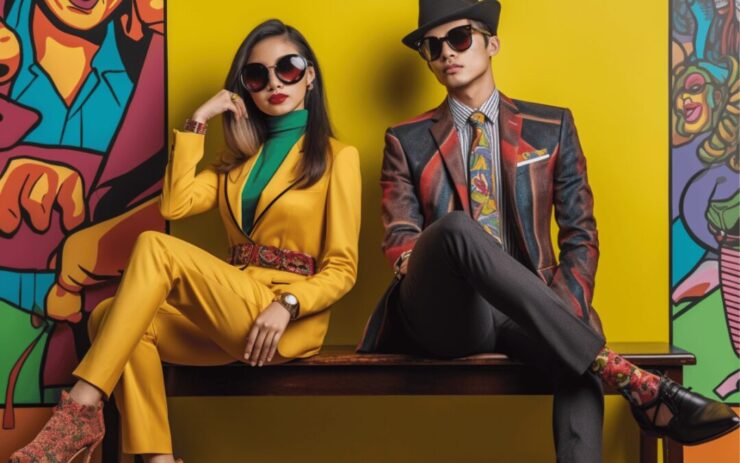Social media has become the lifeline of fashion brands aiming to expand their reach and influence. In 2024, the fashion industry’s landscape is more vibrant and competitive than ever, making the right choice of social media platforms crucial for brand visibility and engagement. This article will explore the top social media platforms that are key to boosting your fashion brand’s presence.
1. Instagram: The Visual Powerhouse
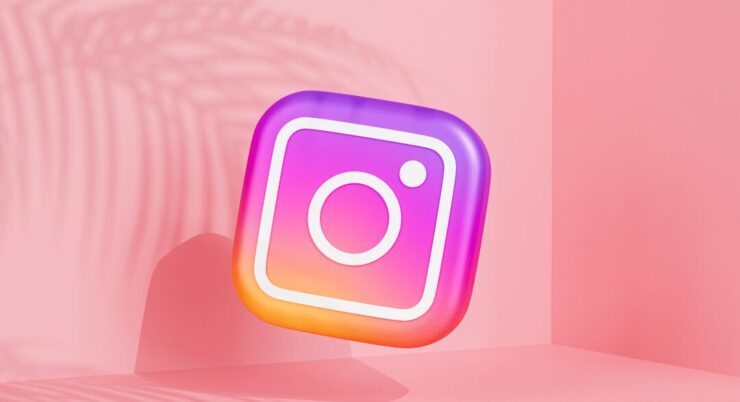
Instagram’s visual-centric format is ideal for fashion brands. With over a billion monthly active users, Instagram offers a vast audience. Its features like Stories, IGTV, and Reels are perfect for showcasing collections, behind-the-scenes content, and interactive posts. High-quality images and videos, coupled with effective hashtags, can significantly increase engagement and reach. Instagram also offers shopping features, allowing brands to tag products directly in posts, making it easier for users to shop directly from the app.
2. TikTok: The Trendsetter’s Arena
TikTok has rapidly become a favorite among younger audiences. Its format favors creative, engaging, and often viral content. For fashion brands, TikTok is a goldmine for trendsetting and reaching a younger demographic. Brands can leverage TikTok challenges, influencer collaborations, and unique content creation to engage with audiences. The platform’s algorithm also favors content with high engagement, meaning creative and engaging posts have a higher chance of being seen by a larger audience. In this context, gaining a substantial following on TikTok can be a game-changer. Free TikTok followers can significantly amplify a brand’s reach and impact on the platform.
3. Pinterest: The Inspiration Hub
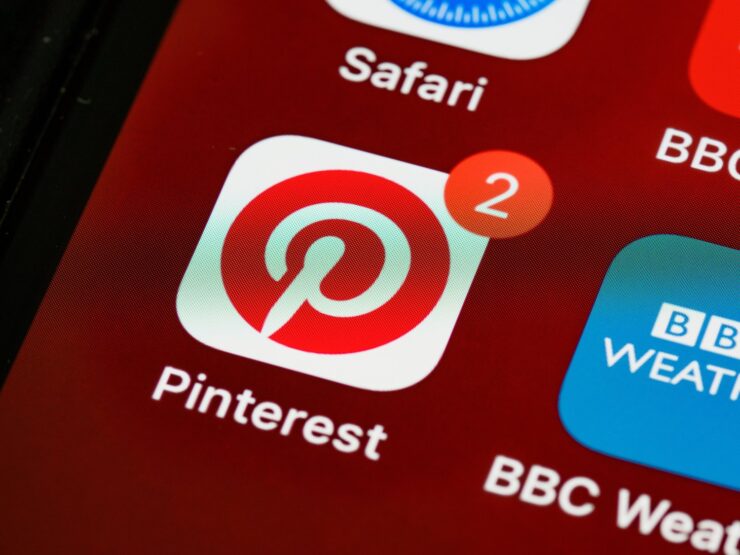
Pinterest serves as a digital mood board and is highly influential in the fashion industry. Users often turn to Pinterest for inspiration, making it an excellent platform for fashion brands to showcase their collections, styling tips, and fashion guides. High-quality images with descriptive captions and strategic use of keywords can improve visibility. Pinterest also drives significant website traffic, making it valuable for increasing brand reach and directing potential customers to e-commerce sites.
4. YouTube: The Storytelling Giant
YouTube’s long-form content format is perfect for storytelling, an essential aspect of building a fashion brand. Through YouTube, brands can create in-depth content like designer interviews, fashion event coverage, and detailed product showcases. This platform allows for a deeper connection with the audience, providing them with insights into the brand’s values, inspirations, and stories. YouTube also ranks high in search engine results, improving the brand’s online visibility.
5. Facebook: The Established Network
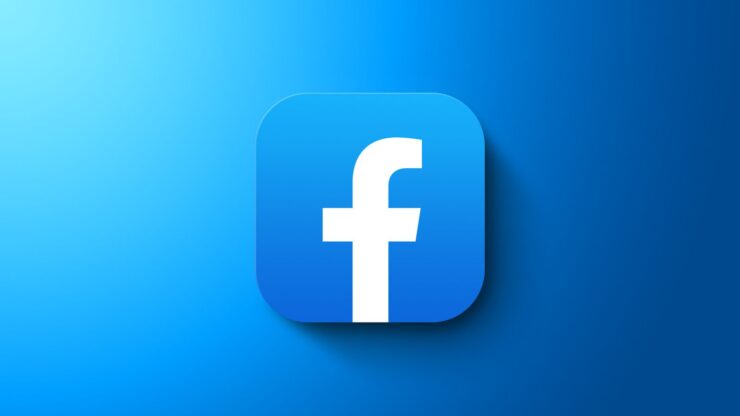
While sometimes overlooked in favor of newer platforms, Facebook remains a powerhouse. It offers extensive reach and advanced targeting options for advertising. Fashion brands can use Facebook to build a community, share updates, and interact with customers. Facebook’s shopping features and integration with Instagram also make it a valuable tool for driving sales.
6. LinkedIn: The Professional’s Choice
LinkedIn might seem unconventional for fashion brands, but it’s excellent for B2B marketing and establishing industry connections. It’s ideal for networking with fashion influencers, retailers, and industry professionals. Sharing industry news, brand achievements, and professional content on LinkedIn can enhance the brand’s reputation and credibility.
7. Snapchat: The Youth Connector
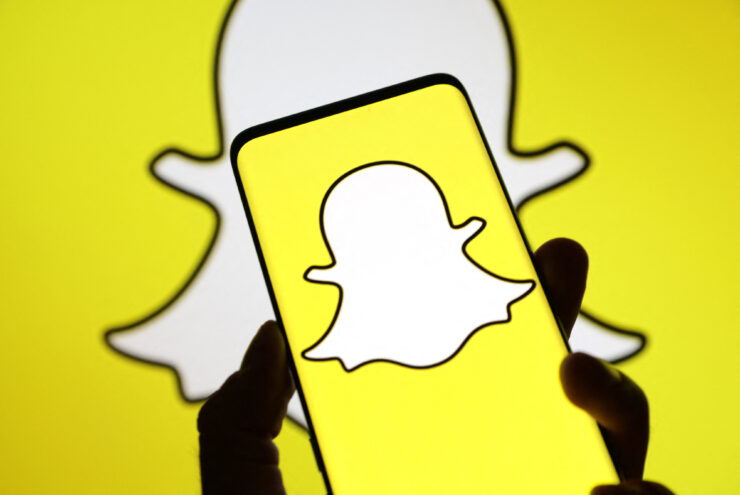
Snapchat, popular among younger audiences, offers unique features like geofilters and AR try-on, which are exciting for fashion brands. These features provide interactive and personalized experiences for users. Snapchat’s ephemeral content encourages regular posting and engagement, keeping the brand fresh in the audience’s mind.
8. Twitter: The Conversation Starter
Twitter’s real-time conversation format is excellent for engaging directly with customers and participating in industry conversations. Fashion brands can use Twitter to share news, respond to trends, and engage with influencers and customers. The platform’s hashtag system is also useful for increasing visibility and participating in relevant fashion discussions.
9. Clubhouse: The Voice of Fashion
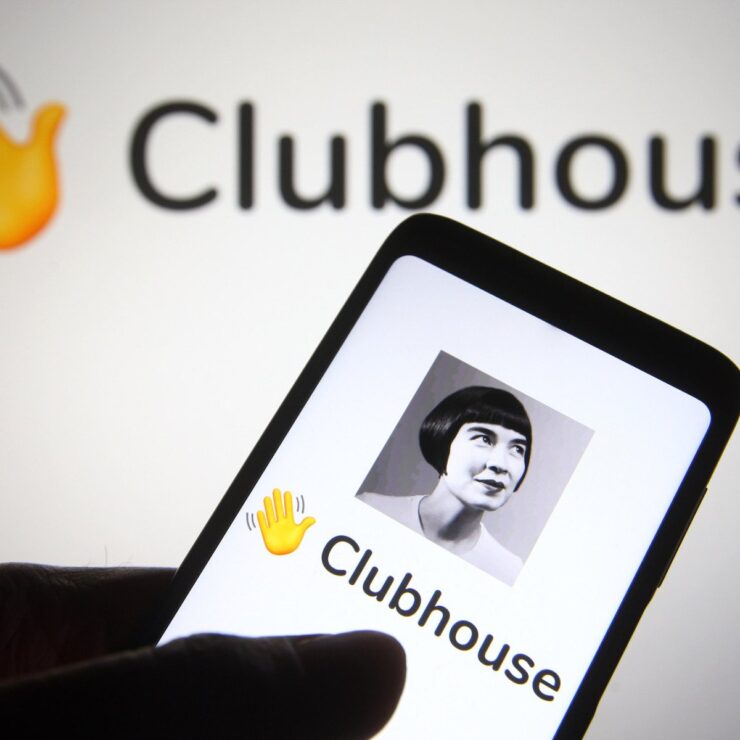
Clubhouse, the audio-chat social network, is a newer player but promising for in-depth discussions and networking. Fashion brands can use Clubhouse to host talks on fashion trends, sustainability, and industry insights. It’s a platform for thought leadership and connecting with a more engaged, niche audience.
10. Weibo: The Gateway to China’s Market
Weibo, often described as China’s answer to Twitter, is essential for fashion brands looking to tap into the massive Chinese market. Its blend of microblogging, social networking, and multimedia elements makes it a dynamic platform for brand storytelling. Fashion brands can use Weibo to share updates, collaborate with Chinese influencers, and participate in local trends and conversations. Understanding and respecting the cultural nuances is key to success on this platform.
11. VSCO: The Aesthetic Curator
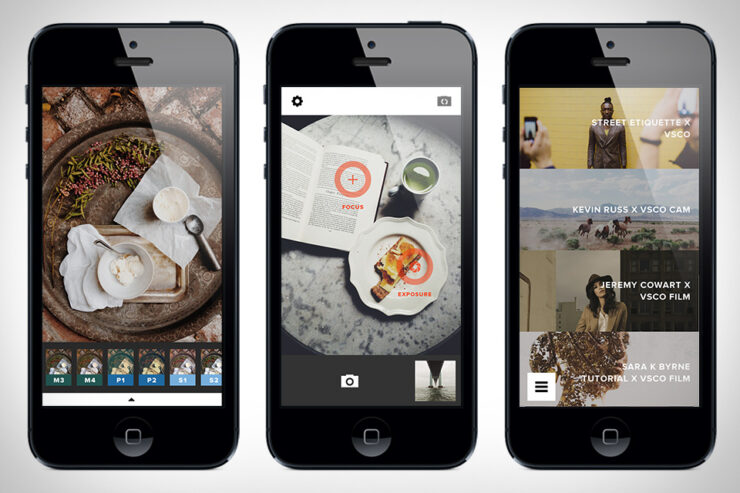
VSCO, primarily a photo-editing app, has evolved into a community where aesthetics and design are highly valued. For fashion brands focusing on a specific aesthetic or lifestyle, VSCO provides a platform to showcase highly curated visuals. Engaging with the VSCO community can help a brand solidify its visual identity and connect with audiences who value design and aesthetics.
12. WhatsApp: The Direct Communicator
WhatsApp might not be a traditional social media platform, but its widespread use for direct communication makes it valuable for customer engagement and service. Fashion brands can use WhatsApp for customer support, personalized shopping experiences, and exclusive updates. The platform’s end-to-end encryption also assures customers of their privacy, building trust.
13. Twitch: The Unexpected Venue
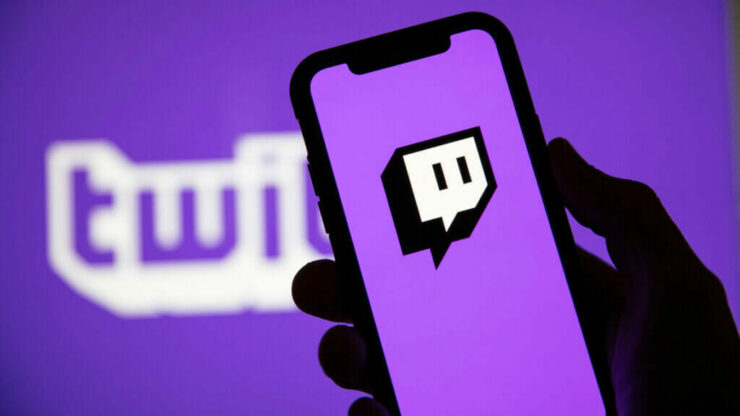
Twitch, known for live streaming, primarily in the gaming community, is an unconventional yet emerging platform for fashion brands. Live streaming fashion events, Q&A sessions with designers, or interactive styling sessions can captivate an audience that appreciates the live, unedited format. Collaborating with streamers or hosting unique fashion-related content can introduce the brand to a broader, diverse audience.
Aligning Platforms with Brand Strategy
Choosing the right platforms is not solely about presence; it’s about aligning each platform’s strengths with the brand’s overall marketing strategy. Understanding the audience, the type of content that resonates with them, and the brand’s unique voice is crucial. A consistent, engaging, and platform-specific approach can help fashion brands create a compelling online presence, drive engagement, and ultimately, foster brand loyalty.
Final Thoughts
In conclusion, the social media landscape in 2024 offers a rich tapestry of platforms, each with its unique strengths and audiences. Fashion brands must strategically select and utilize these platforms to amplify their presence, connect with their audience, and stay ahead in the competitive world of fashion. With the right approach, these platforms can be powerful tools in shaping the brand’s narrative and achieving business success.

